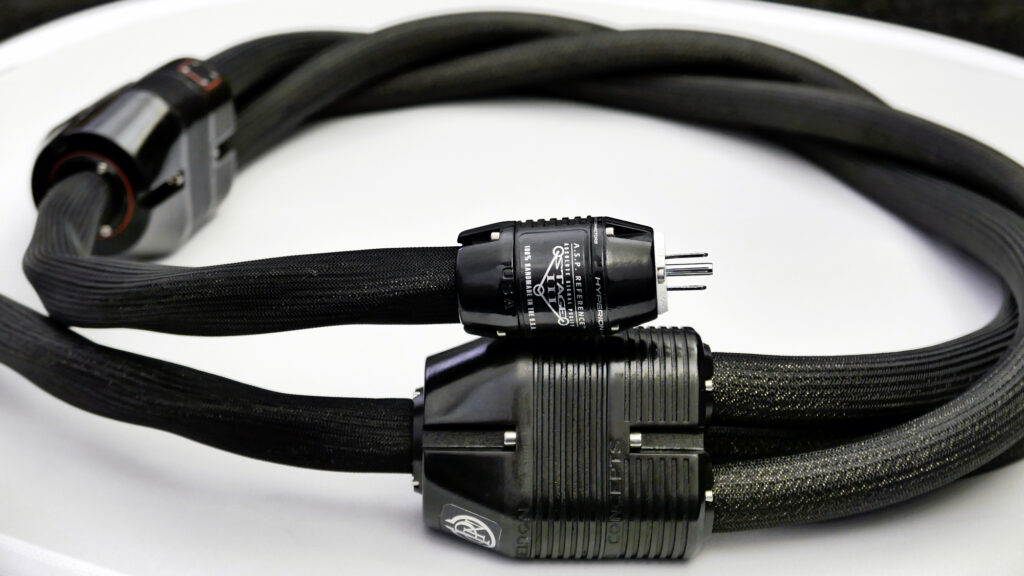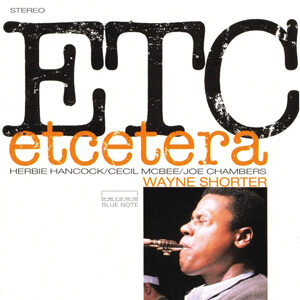Introduction
Within the last year, I have auditioned three of the top Stage III power cords: the Kraken, the Proteus and the Poseidon. While they share many of the same sonic characteristics — precise imaging, good to excellent depth, wide soundstage, very low noise and distortion, ability to retrieve even very low-level detail — each is voiced somewhat differently, predominantly in the bass, mid bass and lower midrange. The bass of each is extremely well controlled with significant impact, but as you move from the Kraken to the Poseidon, the low bass increases both in quantity and quality, with a concomitant effect on how one perceives the top end, this will be somewhat system- and room-dependent. They also increase in richness and ease. As one progresses toward the top of the line, each of the positive aspects becomes much more pronounced.
Product Specifications (as provided by the manufacturer)
“A.S.P. POSEIDON power cables employ 6×3 heavy-gauge Cryo-treated, custom slow-extruded silver/palladium AeroStrandUltra™ ribbon conductors, a vacuum dielectric, nylon and FEP Teflon inner core, multi-layer shielding with H.D.A. 100% radiation invulnerable foil + silver braid + ASPIS carbonized nylon/plated copper outer shield.
Geometry consisting of three individually insulated vacuum chambers, damped and shielded in a twisted helix configuration, three individually shielded, heavy gauge plated silver ground wires, ultra-high density granulated HDA alloy + ferrite + silica mechanical damping/shielding layer.
Custom, handmade proprietary polymer/fiber plug + cable housings. Ceramic-infused AC/IEC plugs. Terminations: Cryo-treated, proprietary HYPERION silver alloy/platinum plated IEC and AC plugs.”
Nuts and Bolts
In simple English, imagine three 1” diameter cables twisted in a helical braid, then terminated with appropriate fittings, two meters in length and weighing 38 pounds. These are serious products.
As a rule, the more complex a cable’s geometry and the more exotic the materials, the more time required for break-in and, in this particular case, break-in was lengthy; however, the Poseidon sounded good almost immediately out of the box. It just sounded even better 300 hours later.
In terms of where I used it in the system, the logical place seemed to be providing power to my HB Marble Power Slave, which provides power to my front-end components. In retrospect, it would have been even better had I been able to plug my power amps into the Power Slave so that the whole system could have benefited from what the Poseidon is able to do, or alternately, to put a Poseidon on each of my EMM Labs MTRX amps in addition to the Power Slave.
Listening to Vinyl
U2, The Unforgettable Fire, Island 28SI-252, Japanese pressing.
We listened to this magnum opus of U2’s 80s career while warming up the system. Brian Eno and Daniel Lanois, in their interventionist (and brilliant) production style, gave the ears much complexity in sound and texture to work through with this record. It remains a challenge to any system and, on a ruthlessly revealing system, the experience can be almost painful.
The Poseidon is not ruthless, though it is highly revealing. I remember the Linn philosophy from years ago, something to the effect that you could tell a system was “right” if you found your foot tapping unbidden. The Linn people were not crazy. I found myself reacting to the rhythm and the drive in a visceral way almost from the start and I loved it, especially because of the exquisite rendering of some of the tiny details that floated through the musical air in, for example, “Walk on By.” I knew some of what I heard came from The Edge’s guitar manipulations, or Bono’s background vocalizing, but the rest was a welcome mystery on top of a driving beat.
While it seemed that this might be the beginning of a love affair with a complex piece of wire, I must note that there were moments when I wondered if there was a slight bump in the frequency response in the lower treble, somewhere that manifested in an occasional hardness. And, if it was there, could it have been an artifact of the Ortofon cartridge that I had so recently reviewed? Only time would tell.
Wayne Shorter, ETC, Blue Note 33581, Tone Poet issue.
This re-issue of Wayne Shorter’s Etcetera was a Blue Note I hadn’t heard before. When reviewing, I like to listen as I would any other time, hearing both recordings that I know well and those that I don’t. My hope is to avoid the preconceptions that well-heard material might bring. In this case with the Poseidon, I was immediately impressed favorably, which is not always how I hear Blue Notes. As with many Blue Notes, there was a strong left-right approach to the stereo mix. However, the piano and the bass were well-centered. Also, as with many Blue Notes, the piano sound was on the claustrophobic side — not much in the way of highs or lows. But with many other things working right, it was easy to overlook . . . and even, in its own way, real enough.
Wayne was off to the far left. And in most respects, the far left may as well have been in the room. With the Poseidon, the edges of his attacks, the reed noise, the breath, were all very present. The drums, including the cymbals (another on-and-off weakness for Blue Note) were also quite present, though more like sitting in a club than their being in the room. The toms were particularly present and satisfying, and the bass drum had a thoroughly energizing thwack that I could feel as well as hear, like in real life. A good remaster, then, and a very satisfying musical experience. Let’s just say that the Poseidon gave a very clear picture into the recording, then got out of the way.
- (Page 1 of 3)
- Next page →







